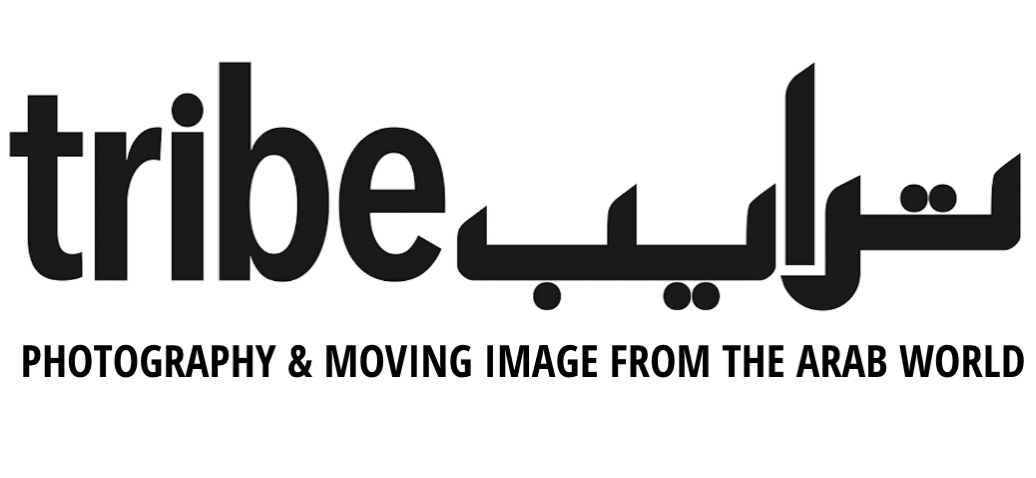Jamelie Hassan: Neither from the East nor the West
Complex connections through fragments of a verse
Jamelie Hassan, From series Neither From the East Nor the West (2014) Dimensions variable 11 maple wood log sections; digital photography mounted onto mirror plastic, blue wall paint. Courtesy of the artist. Photo Credit: Rehab Nazzal
With text by Corinna Ghaznavi, curator.
The logs originate from a Norway Maple tree that fell during a storm on the artist’s property in London, in the province of Ontario, Canada. When cut up for firewood the interior of the tree revealed intricate hollows and patterns like arabesque forms that had been hidden beneath the exterior of the tree trunk. Inspired by these forms and their relationship to Arabic calligraphy, Hassan inserted photographed fragments from the Nur verse in the Qur’an that is found on the ceiling of the Hagia Sophia in Istanbul, turkey. Printed on mirror plastic the panels are inserted into nine of the eleven sections of log both illuminating the cross sections and obscuring them on the one side. The Nur verse is a bout light: Allah is the light of the heavens and earth. The example of his light is like a niche within which is a lamp, the lamp is within a glass, the glass as if it were pearly [white] star lit from [the oil of] a blessed olive tree neither of the east nor of the west, whose oil would almost glow even if untouched by fire. In a gesture typical for her practice Hassan pulls together diverse references, geographies, the secular and the spiritual, to create an installation that addresses complex connections. Light reveals intricate arabesque forms within the hollows of the tree trunk; the hollows allow light to penetrate and cast shadows, while the mirrored panels reflect and radiate the light.
Hassan’s parents moved to Canada from Lebanon in 1914 and 1939. Hassan grew up in a small Canadian city in southwestern Ontario, a first generation Canadian in a large Arab household. Hassan studied in Paris, Rome, Beirut and Baghdad and also he travelled extensively through Mexico, Cuba, Europe, the Middle East, India and China. Her work often references cultural exchange using traditional and contemporary art forms. Hassan complicates histories, representation and constructions. Her resistance to binaries opens up ways of including contradictions and discontinuities, and reconsidering how foreign and familiar combine to create both distinct and fluid cultures. Neither from the east nor from the west takes a quintessentially ‘Canadian’ tree, a maple, wherein arabesque forms are found, and connects it to the wood of a sacred olive tree; using calligraphy she combines a traditional Arabic form with new media and found, site specific material, to create an installation that demonstrates the connections and discontinuities of cultures. Depending on the viewer, the calligraphy may be read or may appear as aesthetic form and resist penetration. Pulling together the various threads we have a Qur’an verse that relates the light that is Allah, a light that is universal; forms that connect found in the natural world, and a culturally distinct script; the secular and spiritual, traditional and contemporary, and distinct geographical locations. One does not need to ‘know’ all to be embedded in this artwork because the very natural of migration and new contexts means that some references have become lost or are recuperated into new contexts. Neither of the east nor of the west does not signify a lack of location but rather an alternative space where the connections and meanings are fluid and changing, and where the whole is never fully transparent nor does it perhaps exist at all.
As history commences, migration occurs, new allegiances are formed and traditions combine with the new. Links between individuals, geographies and communities complicate, creating culturally distinct, specific and open identities. Splitting open a log in southwestern Ontario reveals references to an Arabic script that aresilent yet illuminating.


